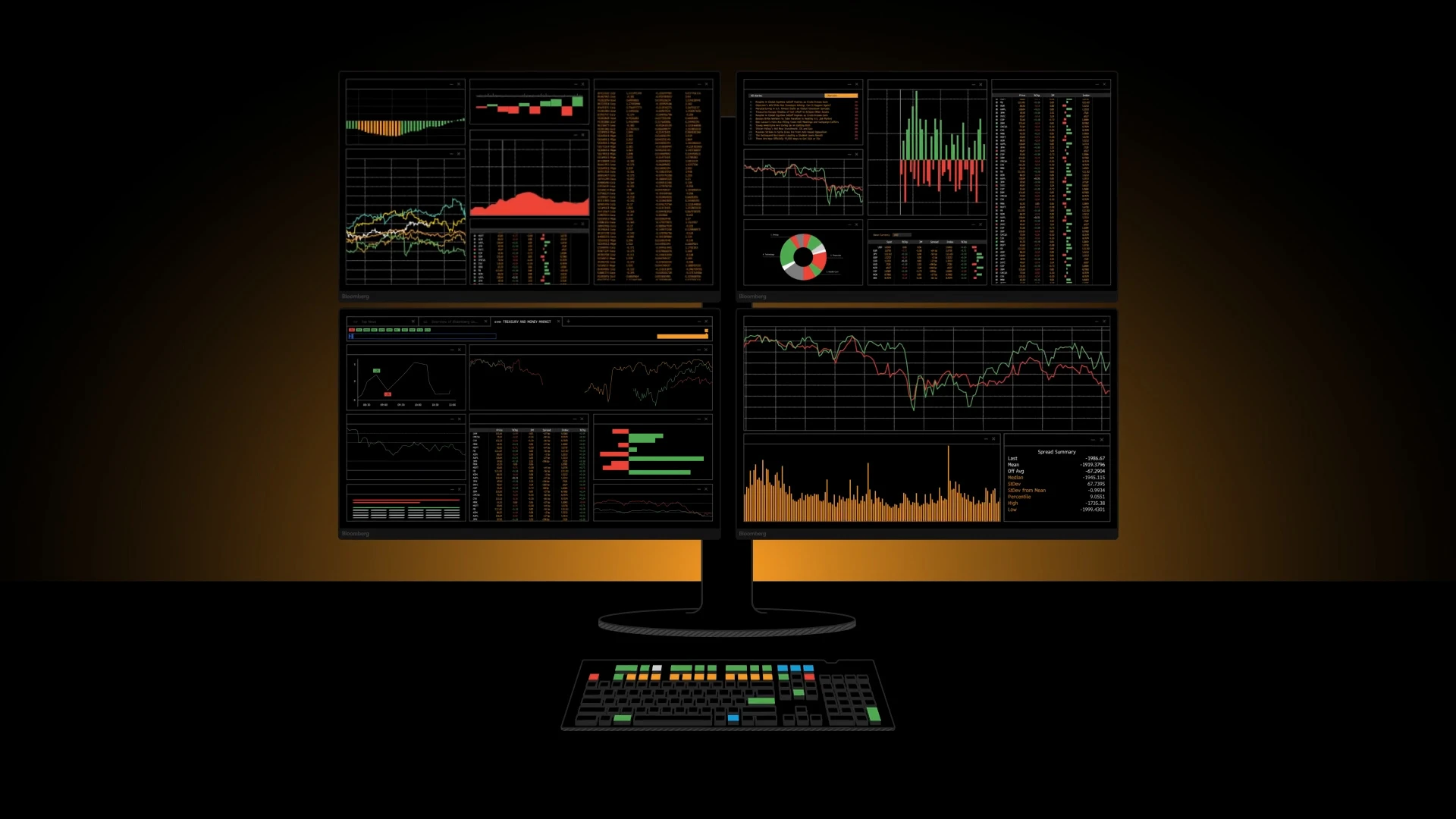
In a fast-paced consulting environment, tool efficiency is critical. At BCG, I designed a 7-day training to help researchers master Bloomberg—a powerful but underused financial data platform. By blending asynchronous learning with live workflows, I addressed skill gaps, improved confidence, and drove a 167% increase in Bloomberg-related work while navigating several time and resource constraints.
**Skills demonstrated:**
- ✅ Instructional design under tight time/resource constraints
- 🔍 User research through interviews to uncover learning barriers
- 🔧 Integration of real tasks and tool limitations into a practical learning experience
- 📈 Direct, measurable business impact from training
## **The Challenge**
Bloomberg, a premium financial data source, was underutilized at BCG. Despite its rich data offerings, most researchers preferred alternate databases. As Bloomberg was the most expensive tool in the data stack, improving its ROI became imperative.
🎯 **Figure out why Bloomberg was underutilized and improve utilization.**
## **The ADDIE Process**
### 🔎 **A - Analysis**
#### Needs Assessment:
To understand the root causes behind Bloomberg’s underutilization, I conducted structured interviews with researchers. These interviews revealed several barriers:
- Intimidating user interface
- Lack of training and preference for familiar alternate databases
- Lack of understanding of Bloomberg's capabilities
- Lack of terminal availability (only 1 person can use the terminal at a time)
**The outdated, text-heavy interface consistently discouraged new users.** Only having access to 1 terminal also created challenges during both the design phase and the training phase.
#### Constraints:
⚠️ The major constraint was **having access to only 1 terminal in the office**. This made other constraints more severe:
🧩 **1:** Terminal access was essential for designing the training.
**🧩** **2:** Learners required hands-on time with the terminal to develop proficiency.
**🧩** **3:** Terminal use for client work had to take precedence over training.
#### Target Audience:
- Initial cohort: 6 current researchers (1 from each relevant practice area)
- Ongoing: ~7 new researchers per year
### 🎨 **D - Design**
#### Learning Objectives:
After completing the training, researchers would be able to:
1. navigate Bloomberg confidently
2. understand the scope of data available on Bloomberg
3. execute Bloomberg tasks independently
4. troubleshoot or seek help when stuck
#### Constraint Informed Instructional Strategy:
To overcome limited terminal access, I shifted my work hours two hours earlier to ensure design continuity. For learners, I designed a learning framework which included instructional videos paired with hands-on execution of real work. This allowed active learning while respecting terminal usage for client work.
- I created a series of short, task-specific videos (5–8 minutes each) demonstrating real Bloomberg workflows with detailed, step-by-step narration.
- These videos allowed researchers—already familiar with similar tasks on other databases—to understand the Bloomberg equivalent in a structured, self-paced format.
- Training was synchronized with actual work demands. Whenever researchers needed to perform a task using Bloomberg, they would first watch the relevant video which explained the task, then complete the task themselves on the terminal.
- I personally reviewed all outputs to ensure data accuracy, which not only reinforced learning but also maintained quality standards.
This solution allowed us to optimize limited terminal availability while integrating real-time training into researchers' day-to-day workflows.
### **🔨** **D - Development**
**Process Overview:**
1. **Learner Interviews:** I conducted structured interviews with researchers to surface specific pain points, misconceptions, and barriers related to Bloomberg use. These insights directly informed content design and prioritization.
2. **Data Collection & Task Analysis:** I reviewed historical tasks completed using Bloomberg and similar tasks handled via alternate databases. This helped identify areas where Bloomberg could add the most value.
3. **Skillset Prioritization:** From this analysis, I pinpointed core workflows that accounted for approximately 80% of Bloomberg usage. These high-impact tasks formed the backbone of the training.
4. **Troubleshooting Guide:** I created a step-by-step guide addressing common technical and workflow challenges, along with instructions for contacting Bloomberg’s Help Desk when needed.
5. **Comparative Use-Case Mapping:** I developed quick-reference comparisons showing when Bloomberg offered superior data—such as more comprehensive analyst forecasts—helping learners make informed tool choices.
6. **Documentation & Job Aids:** I designed clean, visual walkthroughs of key Bloomberg tasks, ensuring learners had easy, on-demand support during and after training.
7. **Multimedia Content:** To match the team's limited availability, I produced a series of short, focused video tutorials (5–8 minutes each) that demonstrated real Bloomberg workflows in a structured, actionable format.
This development strategy ensured the training was grounded in real usage scenarios, responsive to learner needs, and optimized for on-the-job application.
### 👨🏻💻 **I - Implementation**
The initial pilot was launched with six researchers—one representing each key practice area: Energy, Financial Institutions, Industrial Goods, Consumer Goods, Healthcare, and the Public Sector.
For the first cohort of researchers, I checked all completed tasks and provided appropriate feedback. During subsequent trainings, researchers who were now proficient with Bloomberg would provide support and ensure data accuracy to new researchers.
### ⚖️ **E - Evaluation**
🏆 Received the 'Business Builder' award for managing training and Bloomberg workflow.
🚀 Received **100% positive feedback** from all 13 participants over 2 years.
📊 **Efficiency Gains:**
- 25 minutes saved per Bloomberg task
- 45 minutes saved vs. alternate databases for select tasks
- 37% client cost reduction on Bloomberg tasks due to time saved
📈 **Increased Usage & Demand:**
- 167% increase in Bloomberg FTEs (from 1.5 to 4, Mar 2020–Jun 2021)
- Prompted installation of a second terminal in the Bangalore office
- Improved client and internal feedback on Bloomberg deliverables due to higher quality data use